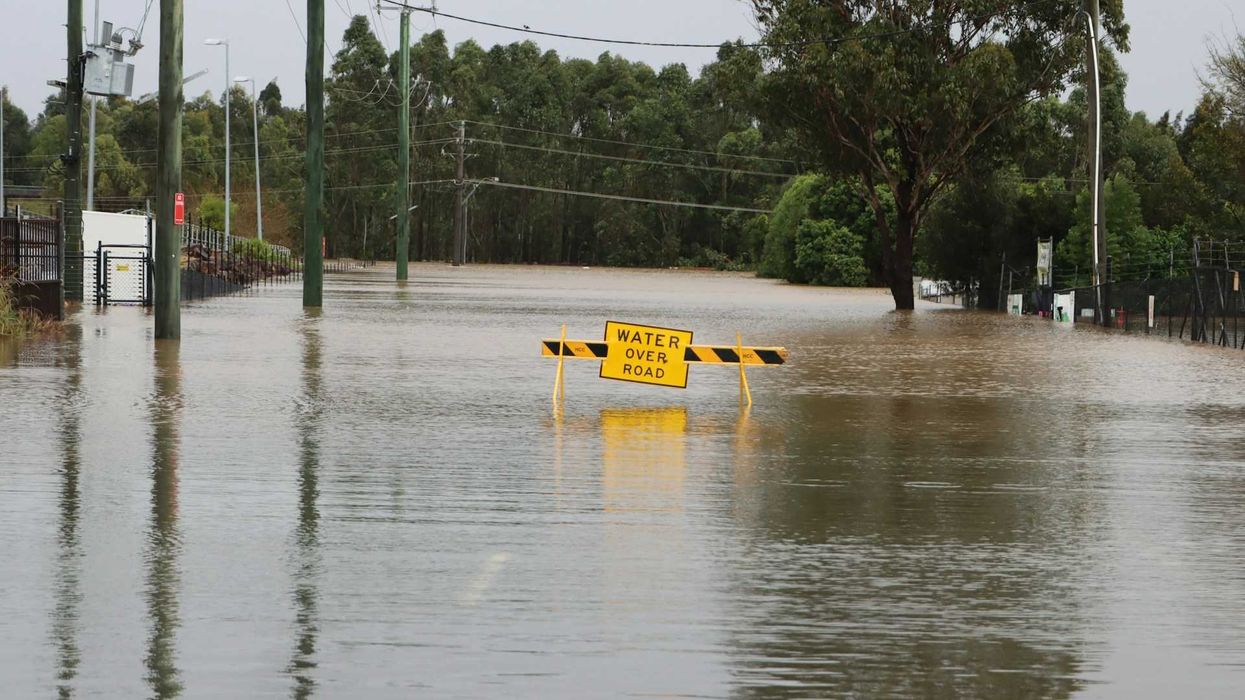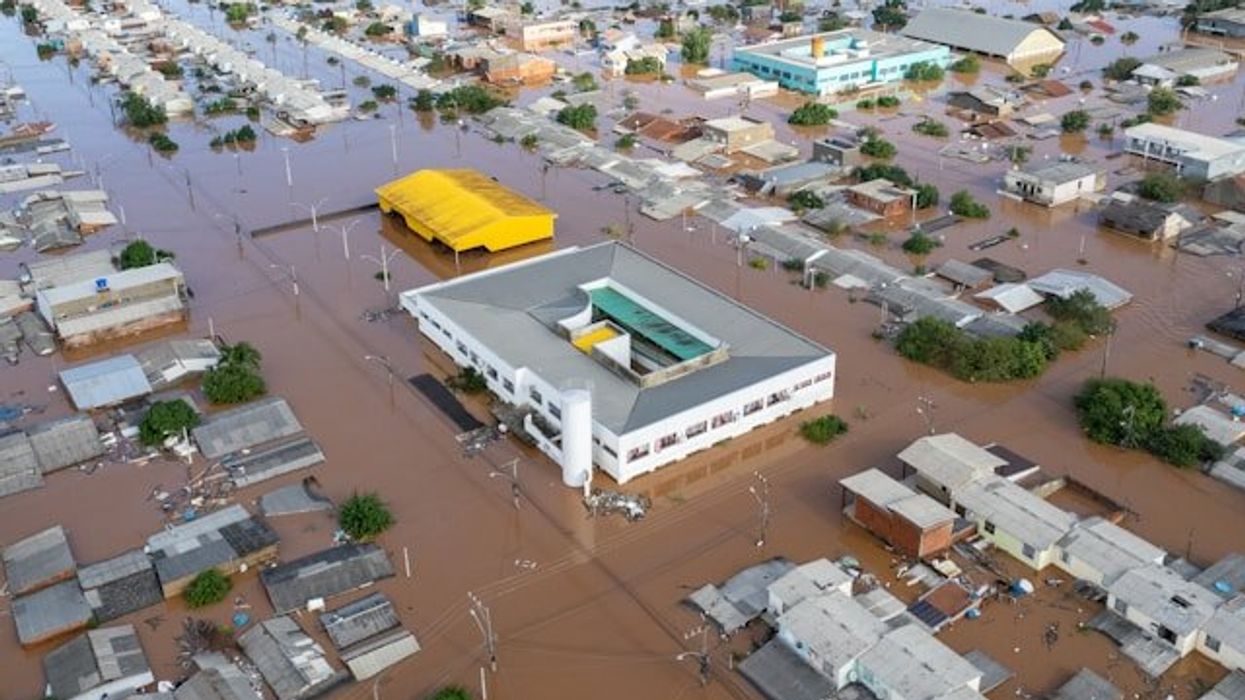A sweeping workforce purge at the Department of Health and Human Services (HHS) has shut down key public health data programs, leaving officials unable to track or respond to critical health threats nationwide.
Alice Miranda Ollstein reports for POLITICO.
In short:
- Layoffs under HHS Secretary Robert F. Kennedy Jr. have halted data collection across dozens of public health programs, including those monitoring HIV, cancer in firefighters, maternal health, and sexually transmitted infections.
- Teams were eliminated without plans to transfer their work, leaving state and local officials without the federal coordination needed to analyze and act on health trends.
- Critical systems like the National ART Surveillance System and tools like WISQARS and WONDER have gone dark, disrupting efforts to track infertility treatment outcomes, violent deaths, and exposure to environmental toxins.
Key quote:
“Surveillance capabilities are crucial for identifying emerging health issues, directing resources efficiently, and evaluating the effectiveness of existing policies.”
— Jerome Adams, former U.S. Surgeon General during first Trump administration
Why this matters:
Public health data warn us when dangerous pathogens are spreading, when toxic chemicals are harming kids, or when programs meant to save lives aren’t working. The programs on the chopping block were revealing connections between environmental exposures and disease, infant health outcomes, and the impact of drug-resistant infections. Without them, the government can’t tell whether syphilis rates are spiking, whether lead in children’s blood is falling, or whether fertility clinics are reporting accurate success rates. These blind spots are especially dangerous as climate change, chemical exposure, and social instability bring new threats. Local agencies may still gather data, but without national coordination and analysis, their work risks becoming a patchwork that fails to inform policy and leaves the public in the dark.
Read more: Kennedy slashes federal health department, leaving thousands of workers in limbo














